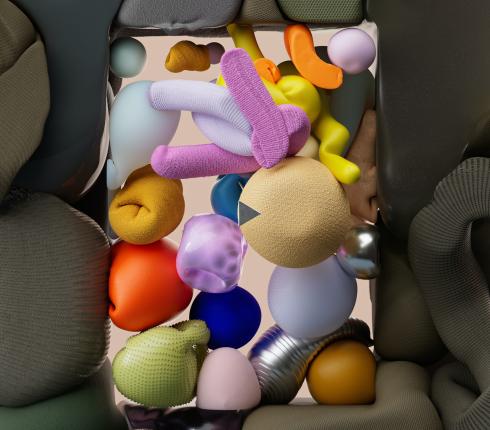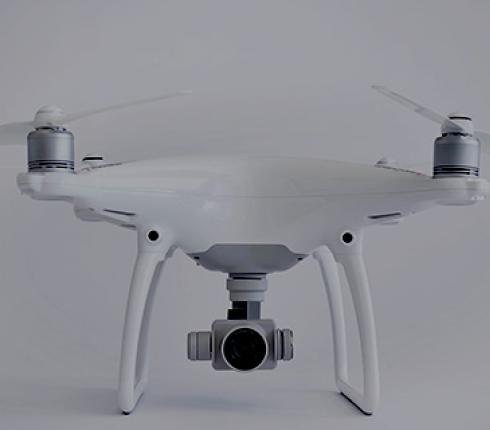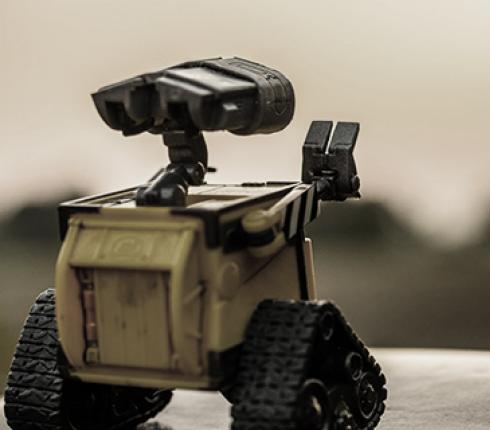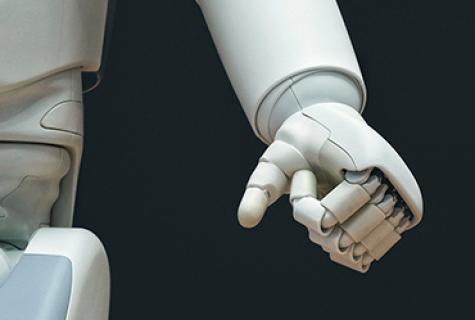Missing Danish legislation stops self-driving robots
Last year, Just Eat began testing and using self-driving robots for delivery of takeaway food to households in London. In Denmark, Herlev Hospital has invested in self-driving robots to solve several logistic tasks. Development continues, but Danish legislation is not capable of following suit.
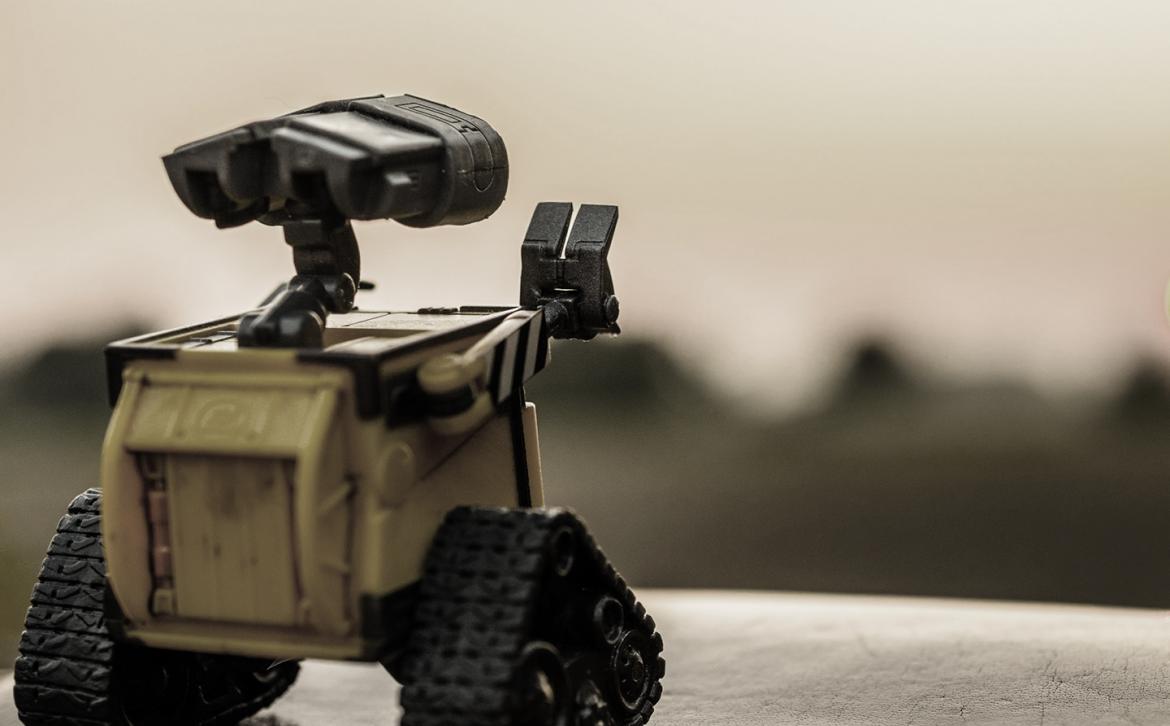
It is the company Starship Technologies, who has developed the small self-driving robotic delivery vehicles that transport food or other smaller goods to households in Greenwich, London. Meanwhile, the customers can trace the transport via an app on their smartphone, and this app is also used for opening the robot's lid and access the ordered food. You can see how the robot delivers takeaway in London here.
So far, the self-driving delivery robots are only used in Greenwich and they can deliver within a radius of approximately 5 kilometers from the point of departure. The robots have six wheels and can drive up to 6 km/h. They use cameras and motion sensors for orientation and navigation, and they are expected to be used to deliver shopping goods and other smaller goods to the households of a number of big cities.
The technology is ready to be tested in major Danish cities this year, but in Denmark there are no special rules for self-driving delivery robots yet. The delivery robots are not in any specific category under the current legislation, and therefore they are practically illegal to use.
New bill does not account for self-driving delivery robots
A new act, which entered into force on 1 July 2017 has made it possible to conduct trials of self-driving vehicles on roads in Denmark in general - despite the fact that the act on road traffic generally prohibits self-driving cars. This act makes it possible to apply for a permit to conduct trials with self-driving vehicles from the Ministry of Transport, Building, and Housing. It is for the Ministry to assess whether received trial projects are safe.
The act only covers self-driving vehicles as defined by the act on road traffic - and this does not include delivery robots. Therefore, a new further amendment is needed if it is to become possible to issue permissions for trials with self-driving robots in Denmark. For this to happen it will be necessary to determine technical detail regulations that the robots need to adhere to. Also, it must be determined how the robots will be covered by the current rules in the act on road traffic, including rules on liability for damage caused by the robot and whether there should be an obligation to have a liability insurance, such as that applicable to motor vehicles.
No restrictions on self-driving robots in the private areas
However, there are no restrictions under the act on road traffic for robots that are not driving on public roads, but in private environments such as within the property of private enterprises or in private homes. This applies to self-driving robots at Herlev Hospital, which only solves tasks within the hospital's private area.
If such robots should cause damage to persons, such as employees, patients or visitors to Herlev Hospital, liability will not be assessed based on objective liability according to the act on road laws, but according to the general Danish rules on liability and damages due to negligence.
In addition, the injured person will be entitled to pursue a claim directly against the manufacturer of the robot or intermediaries in accordance with the rules on product liability.
Do you want to learn more?
In NJORD Law Firm, we closely follow the rapid development so we can provide the best possible legal assistance to our clients, for our clients to expand their businesses with the help of future technologies.
